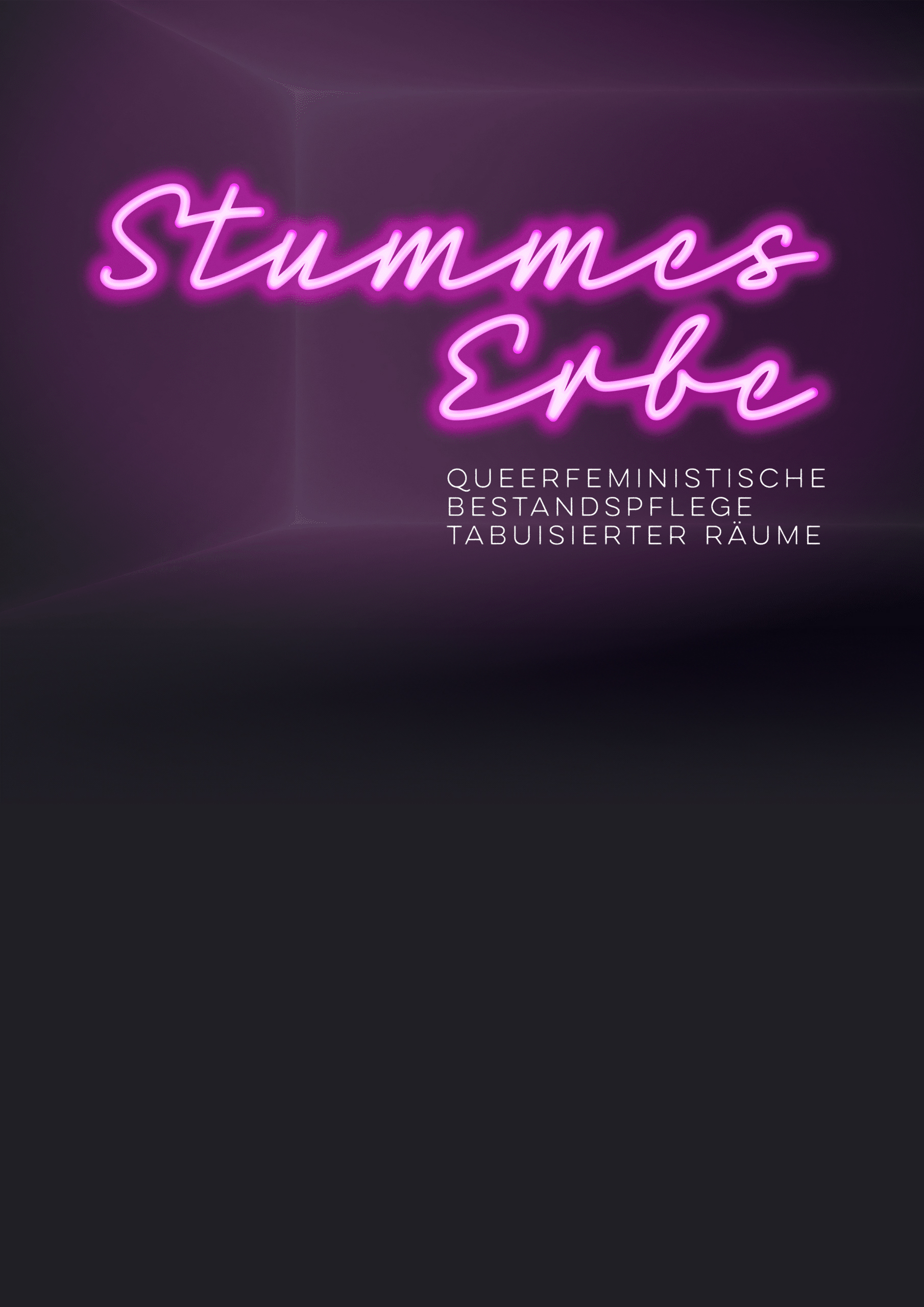
UNVOICED HERITAGE.
QUEER-FEMINIST CARE FOR TABOOED SPACES
WITHIN THE EXISTING URBAN FABRIC
PEER REVIEWED EDITED VOLUME
DEADLINE: DECEMBER 15, 2024
We invite contributions from scholars, practitioners, and activists interested in queer-feminist methods of research, planning, and the re-appropriation of existing spaces. This call seeks to foster a sustainable engagement with architecture—not only through the lens of material conservation but by exploring its historical, cultural, and social significance. We believe that the current shift away from new buildings must inherently involve a turn toward history, expanding beyond mere physical conservation to embrace the many-layered meanings embedded within architectural spaces. In this context, “history” is not limited to the data found in archives, construction plans, or other documents; rather, we aim for an inclusive approach that considers as many dimensions of meaning as possible. For us, sustainable contemporary architecture can only emerge through a sensitive engagement with the past. As such, design practices within existing structures must be transdisciplinary, rejecting the canon’s “genius-centered” narratives in favor of more inclusive approaches.
We seek contributions that explore the potential of a queer-feminist building culture from an architectural history perspective, asking how anti-hegemonic historiographies, design practices, and knowledge productions (Haraway 1988; Ahmed 2017) might transform heritage conservation into a form of queer-feminist care work. We aim to examine invisible or actively overlooked spaces—those that, due to historical and patriarchal power structures, are socially stigmatized or silenced.
We welcome interdisciplinary and transdisciplinary submissions from fields such as architectural design and theory, historic conservation, art and architectural history, sociology, anthropology, political science, and beyond. Contributions should offer fresh insights into queer-feminist approaches to the treatment of existing spaces, challenging prevailing images of the “ingenious architect” and illuminating overlooked works and networks created by marginalized groups. We are particularly interested in analyses of existing architectural structures that adopt an intersectional perspective on their future conservation and use.
We encourage submissions that present innovative methodologies for revealing not only individual objects and biographies but also systemic approaches to engaging with the built environment, proposing alternative tools for engaging with architectural heritage. Our goal is to develop a new set of instruments rooted in existing architectural research while offering a meaningful departure from conventional tools of the canon (Lorde 1984; Bonnevier 2007).
More information:




